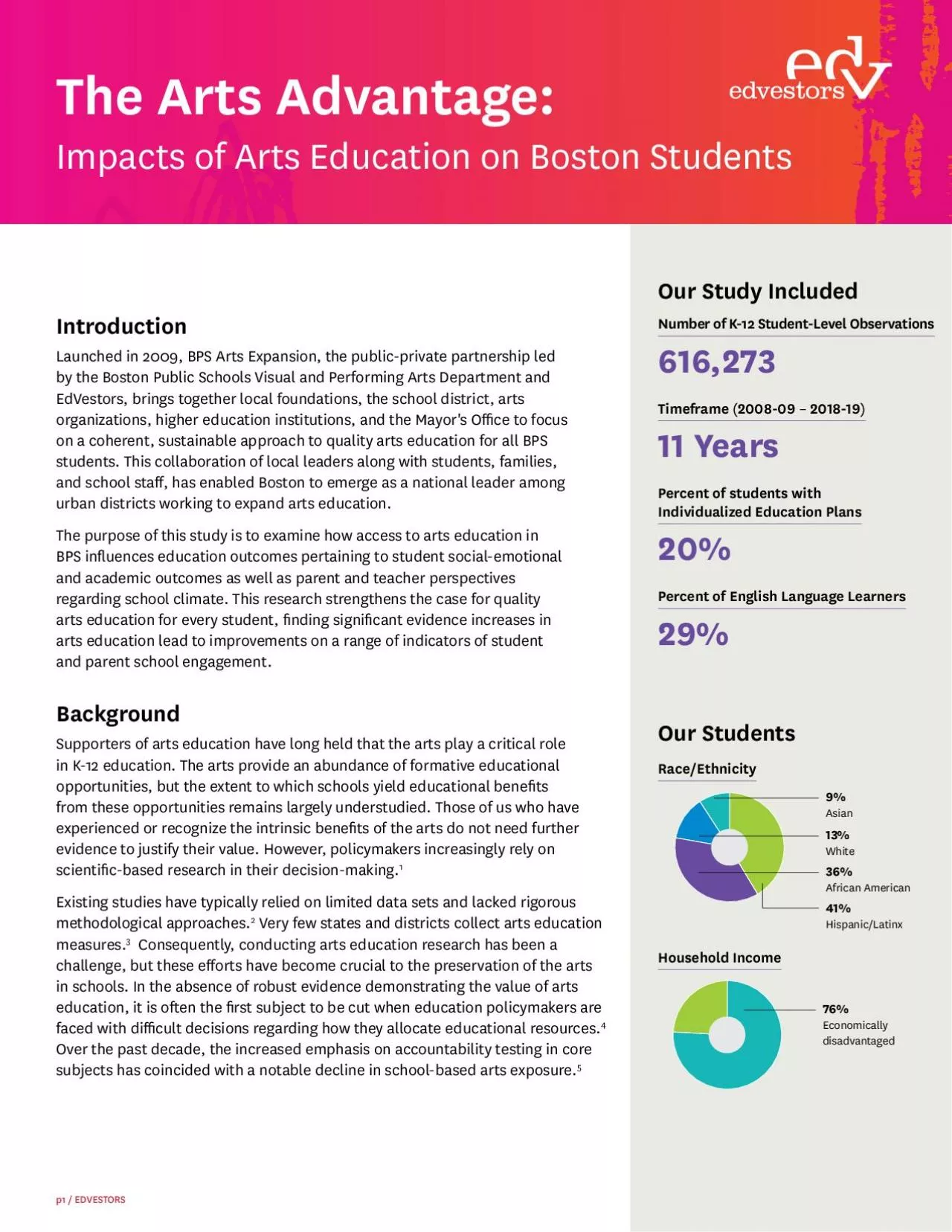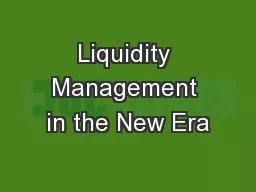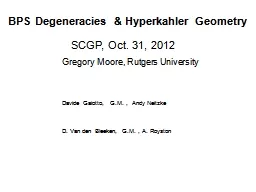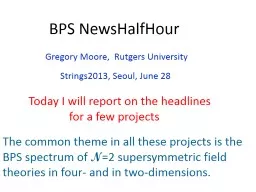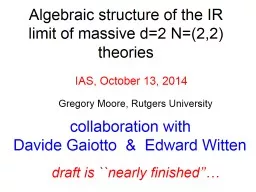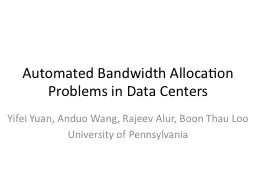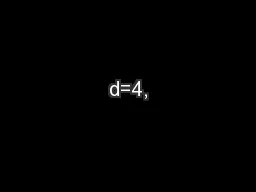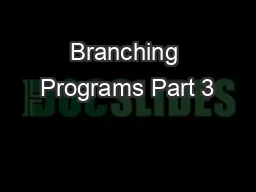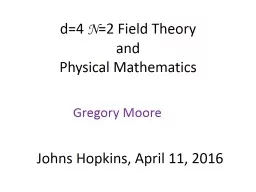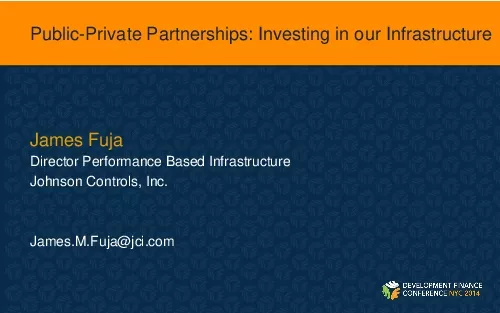PDF-IntroductionLaunched in 2009 BPS Arts Expansion the publicprivate par
Author : jalin | Published Date : 2021-10-02
RaceEthnicity3130 2931 White2729 HispanicLatinxHousehold IncomeEconomically disadvantagedOur Study IncludedNumber of K12 StudentLevel Observations302930252631Timeframe
Presentation Embed Code
Download Presentation
Download Presentation The PPT/PDF document "IntroductionLaunched in 2009 BPS Arts Ex..." is the property of its rightful owner. Permission is granted to download and print the materials on this website for personal, non-commercial use only, and to display it on your personal computer provided you do not modify the materials and that you retain all copyright notices contained in the materials. By downloading content from our website, you accept the terms of this agreement.
IntroductionLaunched in 2009 BPS Arts Expansion the publicprivate par: Transcript
Download Rules Of Document
"IntroductionLaunched in 2009 BPS Arts Expansion the publicprivate par"The content belongs to its owner. You may download and print it for personal use, without modification, and keep all copyright notices. By downloading, you agree to these terms.
Related Documents

